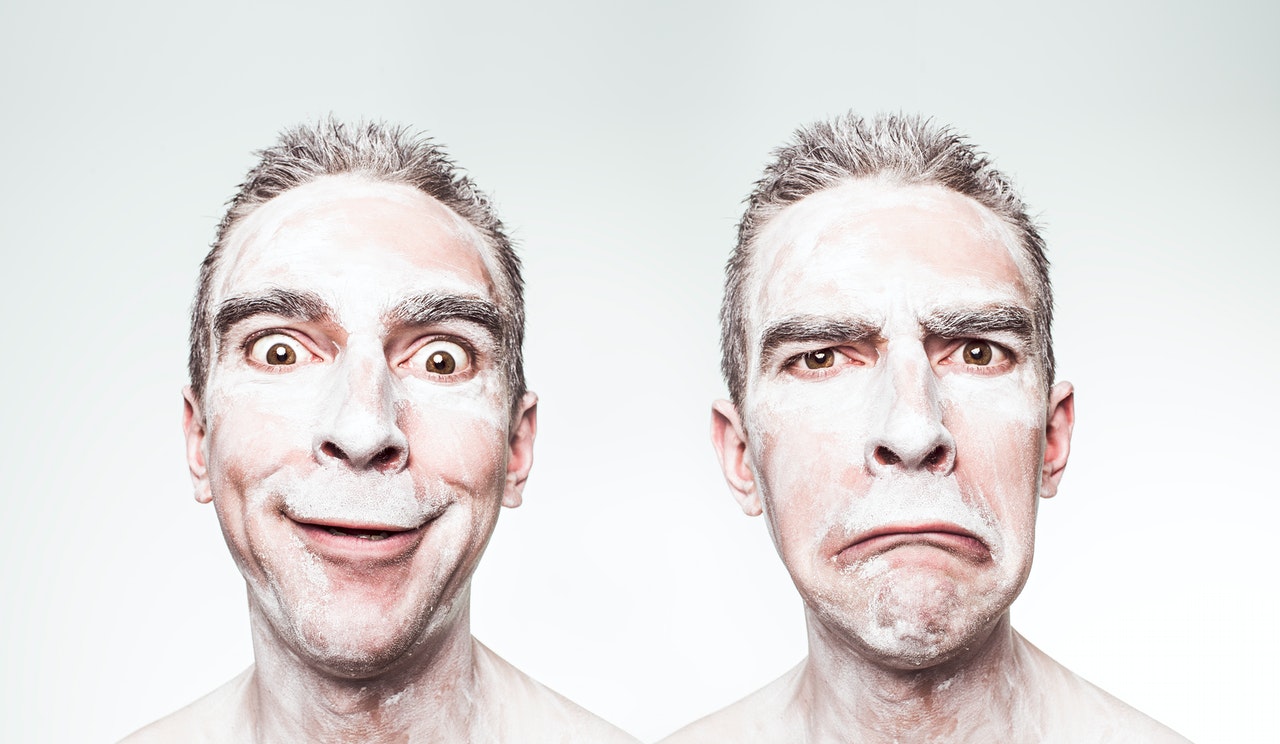
Mood disorders
Everyone feels gloomy or has a bad day at times. You have no energy to study or work, everything seems to go wrong and nothing is really fun. Often these are feelings that last several hours or days. But what if you have this feeling for several weeks in a row? You don’t feel like doing anything, are gloomy and have a lump in your throat. So it could be that there is a disturbance in your general mood – also called mood disorder.
Mood Disorder
Mood is a fundamental state of mind proper to humans over which we have no conscious control. It affects our energy level and how we experience situations. A mood can be affected by many things but it will always fluctuate depending on the events we experience.
We speak of a mood disorder when something goes “wrong” within the fundamental state of mind or mood. In psychology, roughly three types of mood disorders are distinguished:
- Depression: About 10 percent of men and 20 percent of women experience depression in their lifetime. Depression can be different for everyone, but is often described as a constant gloomy or sad mood. It is difficult to get interested in something and have little fun. Weight loss or gain, insomnia or excessive sleep, low energy and a sense of worthlessness and emptiness, guilt and loss of concentration. In addition, there may also be recurring thoughts of death.
- Dysthymic disorder: The symptoms of this mood disorder correspond to the symptoms of depression. The difference is that the complaints are less severe but last longer, certainly a period of two years or longer. Dysthymic disorder, unlike major depressive disorder, is not acute. You can speak of a chronic condition, where the complaints can exist long before a diagnosis is made. Typical characteristics are a lack of energy and passion, a low self-esteem and a lack of pleasure in everyday life.
- Bipolar Disorder: This disorder fluctuates widely from extreme feelings of happiness, energy, and clarity to sadness, fatigue, and confusion. The so-called mania, the “climax”, has different levels of intensity.
- Hypomanic: The mild form of mania in which a person can be energetic, excited and very productive. If there are no depressive moments during this period, this period is usually not problematic, although the fluctuation in mood can be uncontrolled, erratic or even violent.
- Manic: This period can manifest as an elevated or irritated mood and can last for three to six months. This period can take on a form of euphoria where someone is easily distracted, talks quickly, engages in purposeful activities, be impulsive, or engage in excessive and risky behavior such as having a lot of sex or spending a lot of money.
- Depression: persistent feeling of sadness, irritation, anger, lack of interest, extreme or inappropriate guilt, little or much sleep, altered appetite, fatigue, self-hatred and despair. Similar to depression described above. This phase can last from two to six months.
- Bipolar Disorder: This disorder fluctuates widely from extreme feelings of happiness, energy, and clarity to sadness, fatigue, and confusion. The so-called mania, the “climax”, has different levels of intensity.

Do i have a Mood Disorder?
If you recognize yourself in the above descriptions or feel that you have a mood disorder, we can have you further. Contact us via the contact form or call us on 020-2157470 so that we can look further together.
